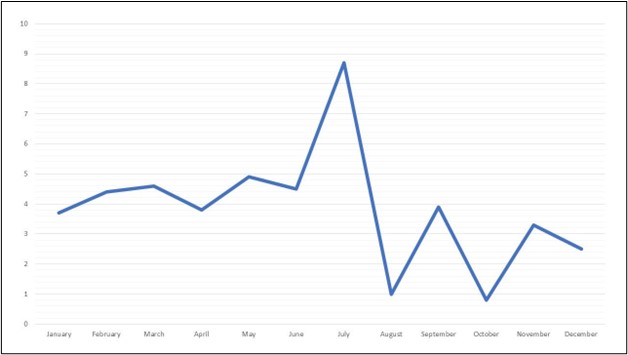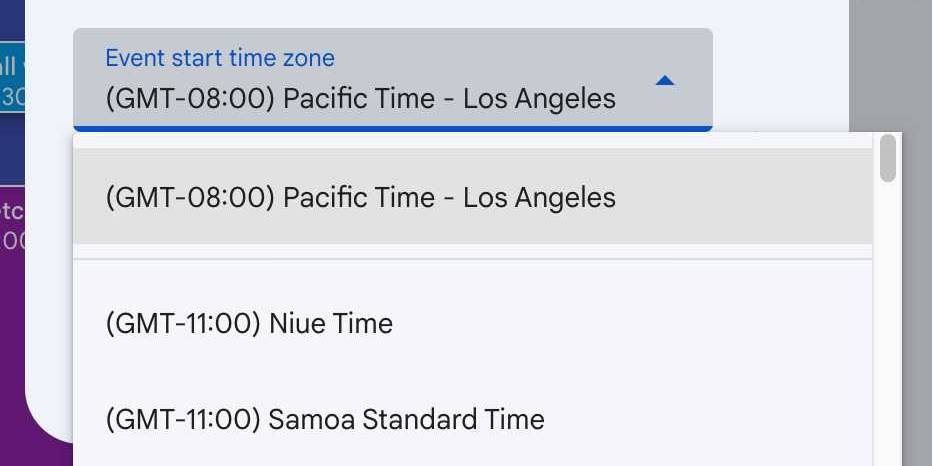Availability Zone IDs for your AWS resources
AWS maps the physical Availability Zones randomly to the Availability Zone names for each AWS account. This approach helps to distribute resources across the Availability Zones in an AWS Region, instead of resources likely being concentrated in Availability Zone "a" for each Region. As a result, the Availability Zone us-east-1a for your AWS account might not represent the same physical location as us-east-1a for a different AWS account. For more information, see Regions and Availability Zones in the Amazon EC2 User Guide.
The following illustration shows how the AZ IDs are the same for every account even though the Availability Zone names can map differently for each account.
For some resources, you must identify not only the AWS Region, but also the Availability Zone. For example, an Amazon VPC subnet. Within a single account, the mapping of an Availability Zone to a specific name isn't important. But, when you use AWS RAM to share such a resource with other AWS accounts, the mapping is important. This random mapping complicates the ability of the account accessing the shared resource to know which Availability Zone to reference. To help with this, such resources also allow you to identify the actual location of your resources relative to your accounts by using the AZ ID. An AZ ID is a unique and consistent identifier for an Availability Zone across all AWS accounts. For example, use1-az1 is an AZ ID for an Availability Zone in the us-east-1 Region and it represents the same physical location in every AWS account.




















